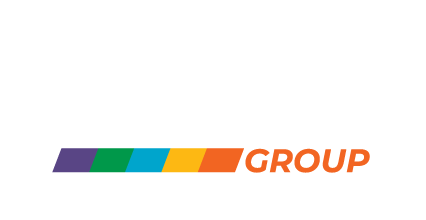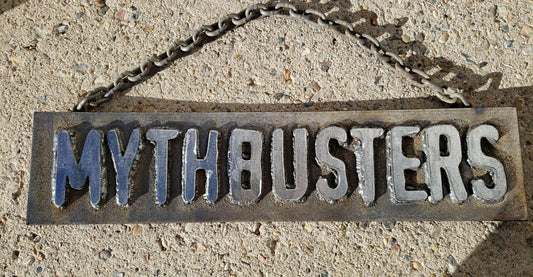In today’s world, high-visibility and reflective signage plays a crucial role in ensuring safety across roads, workplaces, and industrial sites. From directing traffic to preventing workplace hazards, the need for clear and durable signage cannot be overstated. But how did these standards evolve, and why are they so critical today?
A Brief History of High-Visibility and Reflective Signage

The use of signage for safety dates back centuries, with early forms including stone markers and painted signs. However, the development of reflective and high-visibility signage began in the 20th century as road networks expanded and industrialisation increased the need for workplace safety measures.
• 1930s: The first retroreflective road signs were developed, using glass beads embedded in paint to reflect light at night.
• 1940s-50s: With the rise of automobiles, governments worldwide implemented mandatory road signs with standardised symbols for easier recognition.
• 1960s-70s: The introduction of high-performance reflective materials, such as microprismatic sheeting, improved night-time visibility.
• 1980s-90s: Strict safety regulations emerged, requiring businesses and governments to install compliant, high-durability signage.
• 2000s-Present: Innovations in eco-friendly and longer-lasting materials have improved signage performance while reducing environmental impact.
Why High-Visibility and Reflective Signage Matters

1. Road Safety & Traffic Management
Reflective road signs and high-visibility markings are essential for preventing accidents and guiding drivers in all weather conditions. Poor signage can lead to confusion, delays, and even fatalities. Australian road safety standards, such as AS1743 and TfNSW QA Spec 3400, ensure that signs are legible, durable, and capable of withstanding harsh conditions.
2. Workplace & Industrial Safety
In industries like mining, construction, and manufacturing, workers operate heavy machinery and navigate hazardous environments daily. Clear, reflective safety signage reduces the risk of incidents by warning workers of dangers such as high-voltage areas, restricted zones, and moving equipment.
3. Emergency Preparedness
High-visibility signs are crucial in emergencies, guiding people to evacuation routes, fire exits, and first aid stations. Without proper signage, emergency response times can be delayed, putting lives at risk.
HIVIS Group: Leaders in High-Visibility Signage

Since 1983, HIVIS Group has been a TfNSW-approved and accredited sign manufacturer, ensuring all our products meet Australian Standard AS1743 and TfNSW QA Spec 3400. Our signage undergoes rigorous testing to guarantee maximum visibility, durability, and compliance with national safety requirements.
We specialise in:
• Retroreflective and high-visibility road signs
• Mining and industrial safety signage
• Custom signage solutions for all industries
From major highways to high-risk workplaces, high-visibility signage saves lives. Investing in quality, compliant signage isn’t just about meeting regulations, it’s about creating safer environments for everyone.
For trusted, long-lasting signage solutions, partner with HIVIS Group today.




